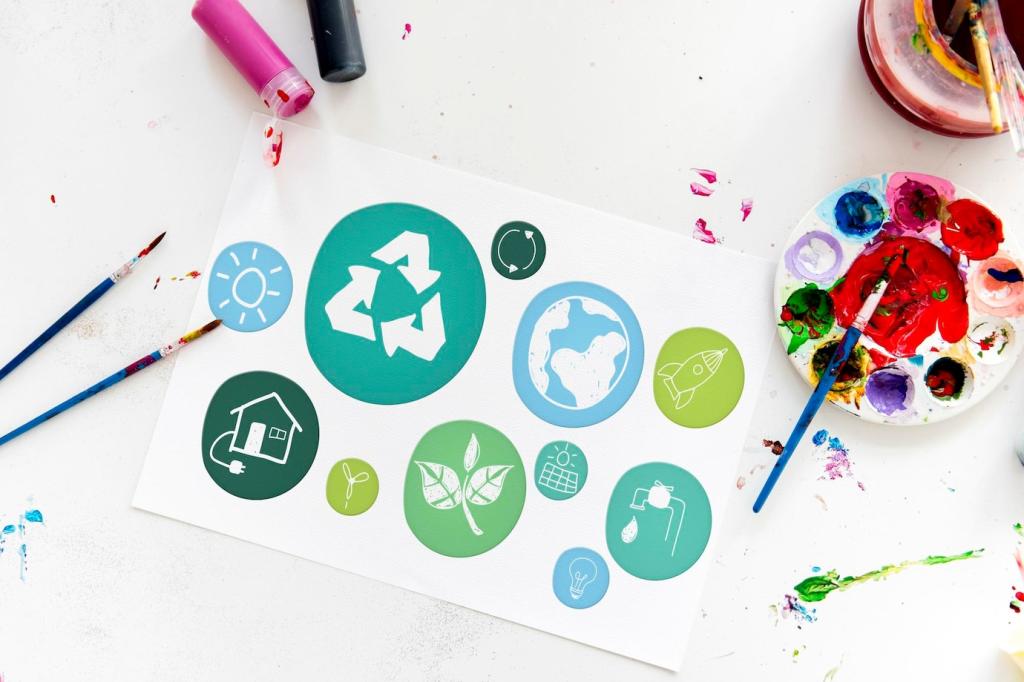Ingredients To Trust (And Those To Rethink)
Look for decyl or lauryl glucoside, coco-glucoside, and soap derived from olive or coconut oils. These biodegrade efficiently yet lift fingerprints and light oils. Pair with distilled water for fewer streaks. Have a favorite brand using these? Recommend it below so readers can explore responsibly.
Ingredients To Trust (And Those To Rethink)
Strong acids and harsh alkalis can haze finishes. Vinegar is popular, but its acidity may dull certain coatings over time. If you use it, dilute heavily and avoid polished surfaces. When in doubt, go neutral pH. Share your test results and help refine the community’s best practices.
Ingredients To Trust (And Those To Rethink)
Essential oils smell lovely, but a drop goes a long way. Citrus can be aggressive on some finishes; resinous oils may leave buildup. Choose low-allergen options, and avoid synthetic musk. If scent matters, try unscented base plus a minimal, tested note. Which gentle scent do you love?
Ingredients To Trust (And Those To Rethink)
Lorem ipsum dolor sit amet, consectetur adipiscing elit. Ut elit tellus, luctus nec ullamcorper mattis, pulvinar dapibus leo.

